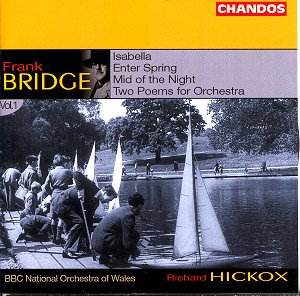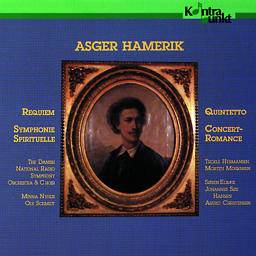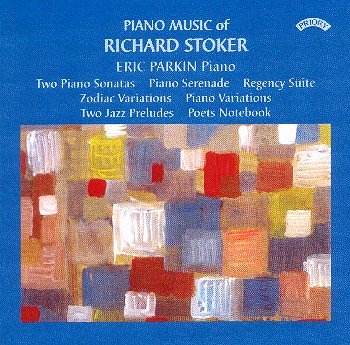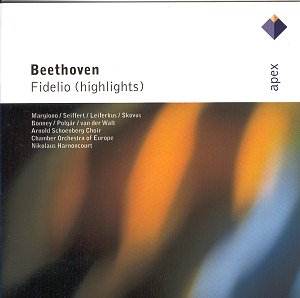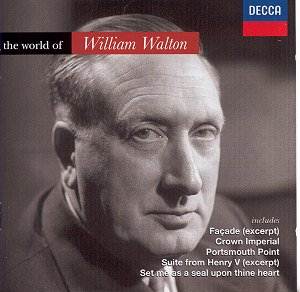 Composer: William Walton
Composer: William Walton
Works: Overture: Portsmouth Point; Tango-Pasodoble, Valse, Jodelling Song, Scotch Rhapsody, Popular Song (from Façade); Andante tranquillo (first movement of Violin Concerto); Movements I & IV (from Five Bagatelles); Set me as a seal upon thine heart; Crown Imperial; Charge and Battle (from Henry V); Finale (from Symphony No. 2); The sing aloud . . . (from Belshazzar’s Feast)
Performers: London Philharmonic Orchestra/Sir Adrian Boult; London Sinfonietta/Riccardo Chailly; Tasmin Little (violin), Bournemouth Symphony Orchestra/Andrew Litton; Nicola Hall (guitar); Timothy Moule (treble), William Kendall (tenor), Choir of Winchester Cathedral/David Hill; Royal Philharmonic Orchestra/Vladimir Ashkenazy; London Philharmonic Chorus and Orchestra/Sir Georg Solti
Recording: DECCA, 1954-1995
Label: DECCA 470 127 2 [70.30]
William Walton remains a towering figure in 20th-century British music, his works embodying an intricate tapestry of wit, vigor, and lyricism. “The World of William Walton,” a recent compilation, aims to encapsulate this multifaceted composer through a selection of key movements rather than complete works. Such a collection risks oversimplification, yet it serves as an accessible entry point for those unacquainted with Walton’s oeuvre, capturing the essence of his musical language and stylistic diversity.
The performances included in this collection largely reflect the prowess of their respective orchestras and conductors. Andrew Litton and the Bournemouth Symphony Orchestra shine particularly brightly, especially in their rendition of “Crown Imperial.” Litton’s conducting is marked by a palpable enthusiasm, which translates into a bracing performance characterized by rhythmic vitality and full-bodied orchestral texture. The ensemble plays with commendable precision, delivering Walton’s intricate scoring with both warmth and the necessary fire.
Contrastingly, the opening track, “Portsmouth Point” conducted by Sir Adrian Boult, presents an unfortunate sonic challenge. Recorded in 1954, the sound quality is notably dim and lacks clarity, which detracts from the otherwise engaging performance. Boult’s interpretation is spirited, yet the limited engineering makes it a less effective entry into Walton’s vibrant world. In direct counterpoint, the selections from “Belshazzar’s Feast,” led by Sir Georg Solti, display an exhilarating orchestral and choral interplay, although the extracted nature of the movements raises questions about their standalone efficacy. This issue is echoed in the selections from “Façade,” where the spoken word contributions from Peggy Ashcroft and Jeremy Irons offer a lively interpretation, yet the work’s full impact is inherently diminished when isolated from its context.
The technical execution across the recordings demonstrates a high level of musicianship, with Tasmin Little’s performance of the “Andante tranquillo” from the Violin Concerto being a standout. Her lyrical phrasing and nuanced dynamics breathe life into Walton’s writing, showcasing both technical skill and deep interpretive insight. The collaborative synergy with Andrew Litton and the Bournemouth orchestra enhances the work’s emotional depth, making this a compelling listen. Conversely, the performances from the Royal Philharmonic Orchestra under Vladimir Ashkenazy, particularly in the finale of Symphony No. 2, convey a sense of grandeur that aligns well with Walton’s dramatic sensibilities.
While the compilation’s approach raises valid concerns about its selective nature, it also highlights moments of exceptional artistry. The engineering quality is mostly commendable, with only the earlier recordings suffering from limitations typical of their time. The recent recordings resonate well, allowing listeners to appreciate Walton’s orchestrational brilliance with clarity.
This collection, despite its limitations, serves as a testament to Walton’s enduring legacy. The compilation’s blend of iconic movements and well-executed performances offers an enticing glimpse into the composer’s world, making it a worthwhile exploration for both newcomers and seasoned listeners seeking to revisit these musical gems. Walton’s music, with its rich textures and vibrant colors, continues to resonate, and this selection underscores the vitality and relevance of his contributions to the classical repertoire.
